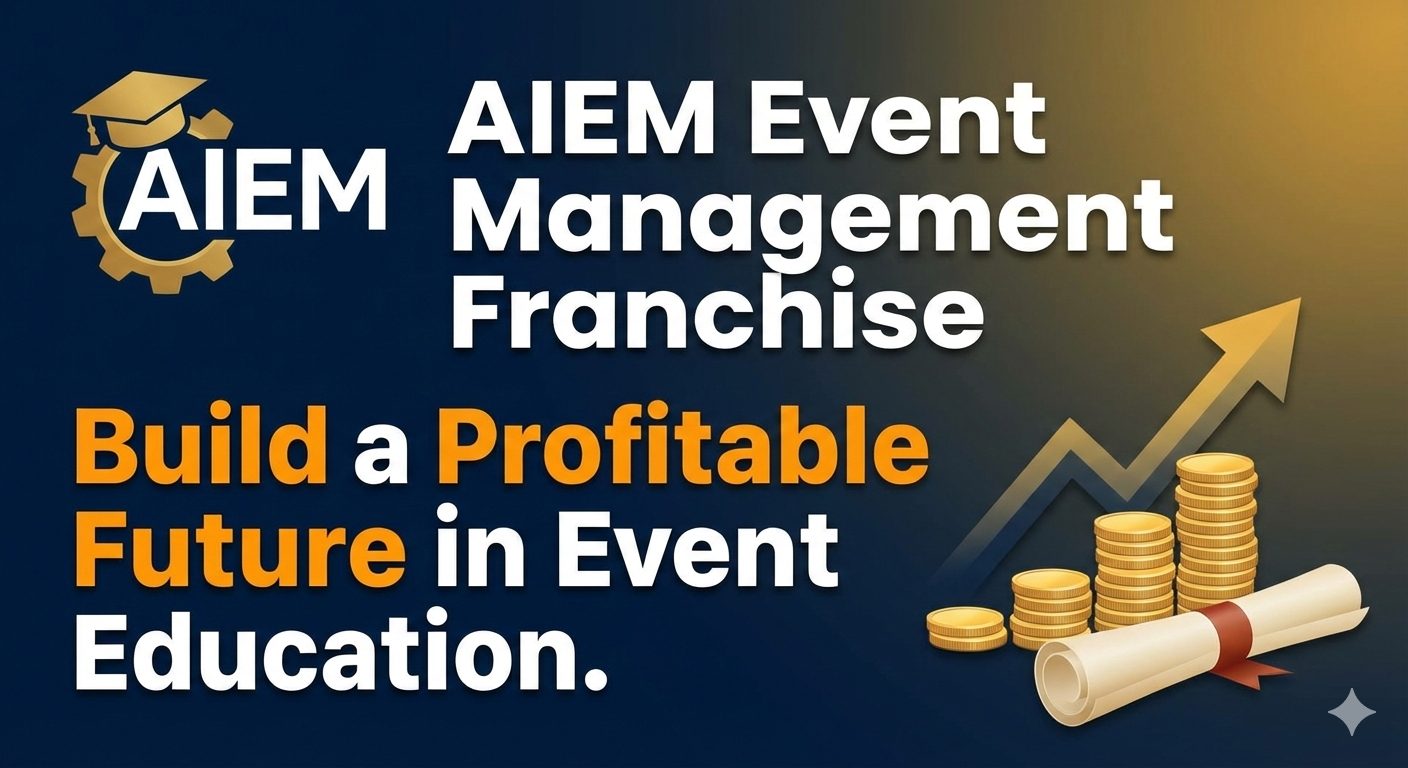
Technology in Events: How Digital Tools are Shaping the Industry
June 8, 2024
Technology has become deeply integrated into the event planning process. What used to be managed with paper checklists is now powered by digital tools at every step.
It's now hard to imagine pulling off a large conference or live concert without the right tech backbone.
Events are becoming more efficient, engaging, and interactive thanks to innovations.
Let's look at some of the digital tools changing event management.
Event Management Software
Tools like Cvent and Eventbrite integrate key event coordination tasks into a central dashboard.
Planners can handle registrations, scheduling, payments, and messaging from one portal instead of toggling between platforms.
Automating manual jobs like collecting attendee details frees more time for big-picture decisions.
The built-in analytics also provide real-time visibility into registration trends so organizers can adapt quickly if needed.
Virtual and Hybrid Events
Live online and hybrid events open up more flexible participation options.
Web platforms like Zoom and Hopin allow organizers to host virtual events with global reach rather than being limited by physical venue size.
Hybrid events blend both in-person and remote attendees.
For example, a seminar could be held with some people attending locally while others tune in from different countries. This would dramatically expand access and inclusiveness.
Augmented Reality and Virtual Reality
Emerging technologies like augmented reality (AR) and virtual reality (VR) are creating more immersive attendee experiences.
AR overlays digital elements onto the physical event space for interactive environments. VR can fully transport participants into a simulated virtual venue.
For instance, a product launch could let attendees explore new gadgets in a virtual demonstration room.
These tech tools enable events to engage audiences in memorable new ways.
Mobile Apps
Mobile apps provide attendees with a customizable experience. Options like Whova and Attendify integrate features such as personal agendas, networking tools, and real-time notifications.
Attendees can conveniently access info, connect with others, and get updates on the move.
This constant connectivity gets people more engaged with the content and community.
Live Streaming and On-Demand Content
Live streaming opens up events to remote participants. Platforms like YouTube Live and Facebook Live allow organizers to broadcast content as it happens in real time.
Recording sessions for later on-demand viewing also extends value beyond those present in person.
The event lives on after it ends. More accessibility and wider audiences are achieved.
Data Analytics
Detailed data provides insights to drive better decisions.
Tracking tools like Google Analytics measure engagement levels, session popularity, attendance breakdowns, and participant feedback.
Seeing what resonates allows informed tweaks for future events. For example, doubling down on topics that attracted high engagement previously.
Social Media Integration
Integrating social media amplifies event visibility and reach.
Platforms like Twitter, Instagram, and LinkedIn allow organizers to promote events, share real-time updates, and gather feedback before, during, and after.
Encouraging attendees to post about their experience using an event hashtag can spark organic buzz and conversations. This engages a wider audience.
Final Thoughts
Technology tools are making events more dynamic, customizable, and accessible than ever.
As an event management student, getting hands-on experience with these digital resources will be invaluable preparation for your future career.
At AIEM, we integrate the latest tech innovations into our curriculum to equip students with relevant, in-demand skills.
Lean into developing fluency with these modern platforms. It will empower you to lead the next wave of industry progress.
RECENT POSTS
-

Turn Your City into an Event Education Hub with AIEM Event Management Franchise
January 5, 2026
-

From Passion to Profit: Best Event Management Franchise in India
January 5, 2026
-

AIEM Event Management Franchise – Build a Profitable Future in Event Education
December 16, 2025
-

Top Event Management Franchise in India – Partner with AIEM and Grow
December 16, 2025
-

5 Simple Ways to Host a Zero-Waste Event: A Lesson from AIEM’s Event Management Franchise Approach
December 10, 2025